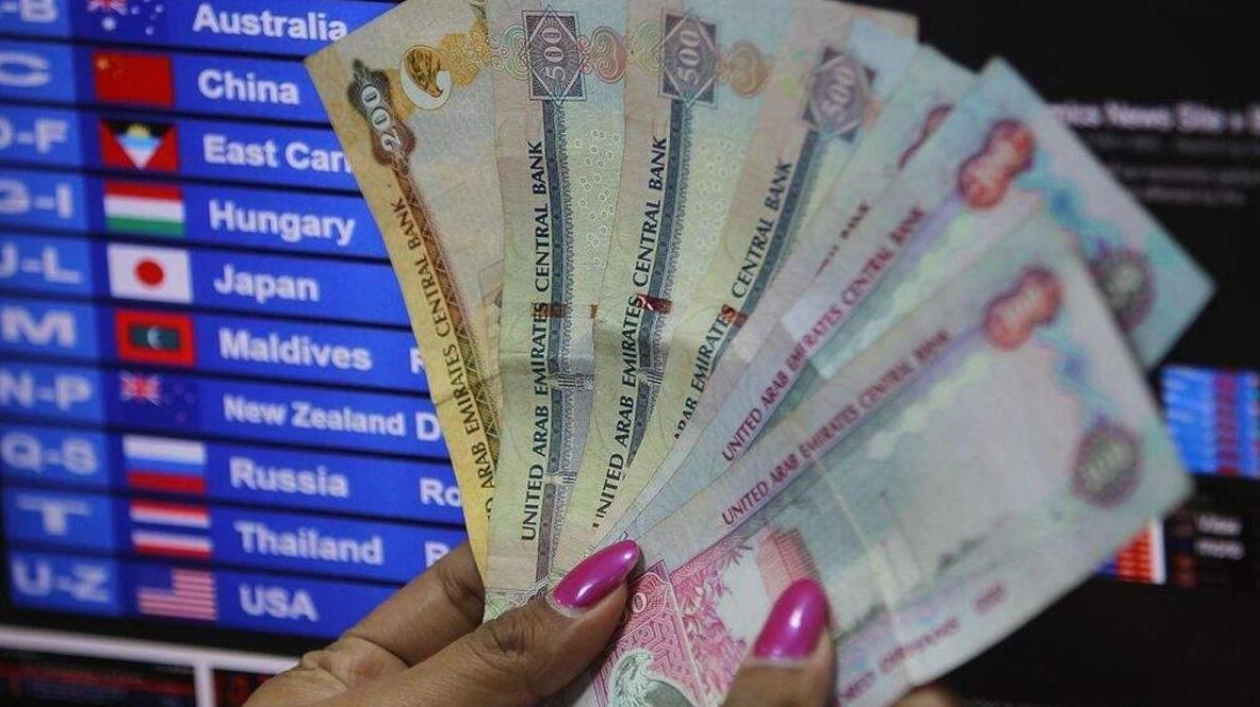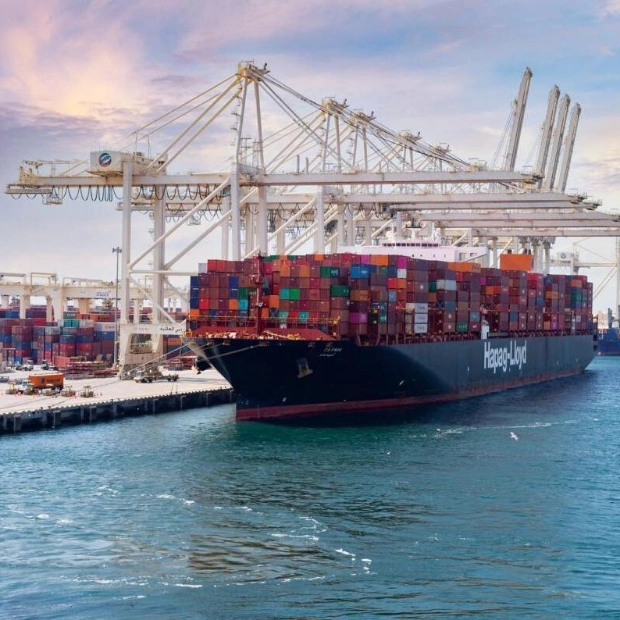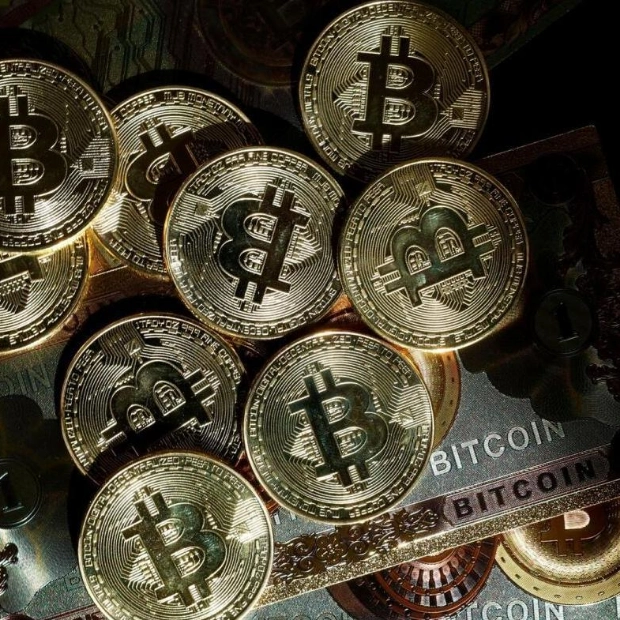As the investment landscape shifts, individual investors—who collectively hold nearly half of the world's net worth—are gaining significant influence. Lombard Odier's recent report highlights that younger High Net Worth Individuals (HNWIs) in the Middle East show a stronger inclination towards private market assets, including private equity, real estate, and infrastructure, compared to their older counterparts. Moreover, these investors prioritize investments that align with their values, such as Islamic finance and sustainability. A significant majority (91%) already engage in Islamic finance, and 88% plan to boost their sustainable investments.
The Chartered Alternative Investment Analyst (CAIA) Association, a global authority in the alternative investment sector, has published a report titled “Crossing the Threshold: Mapping a Journey Towards Alternative Investments in Wealth Management.” This report acts as a guide for asset and wealth management professionals, steering them through what CAIA calls the “second phase of democratization” of alternative investments. Laura Merlini, CAIA, CIFD, Managing Director EMEA CAIA Association, noted that traditionally, institutional investors in the Gulf have been pioneers, utilizing their resources to invest in areas like private equity, real estate, and hedge funds, achieving attractive risk-adjusted returns across various economic cycles. However, private wealth is now emerging as a dominant force.
With individuals holding a substantial portion of the region’s wealth, the focus is increasingly on offering them the same investment opportunities as institutions. By 2024, many GCC investors are expected to show a strong preference for alternative investments, particularly in private equity and real estate. Preqin’s survey reveals that nearly half of the institutions have allocated 20% or more of their assets to real estate, while private equity remains a significant component of their portfolios. Merlini emphasized that this trend reflects a growing interest in diversifying investments.
The number of Ultra High Net Worth Individuals (UHNWIs)—those with a net worth of $30 million or more—has been steadily increasing across the GCC, with the UAE and Saudi Arabia leading the charge. These trends are expected to persist. The push to make alternative investments more accessible began in the 2010s, with early products like ‘liquid alternatives’ introducing hedge fund strategies to a broader audience. However, regulatory constraints limited the potential of these early efforts. Since then, private markets in the region have matured, and new approaches to product development have opened up more opportunities for investors to access diverse assets.
Although private wealth still lags behind institutions in alternative investments, there are substantial opportunities for growth. For those aiming to invest more in alternatives, three key points are crucial: maintain a strategic and long-term perspective, prioritize purpose over product labels, and embrace an ‘alternatives culture.’ Education is vital for these efforts; without the right knowledge and resources, building a long-term plan that includes alternatives is challenging. “Crossing the Threshold” continues CAIA’s core mission of promoting education, transparency, and prioritizing the investor.






